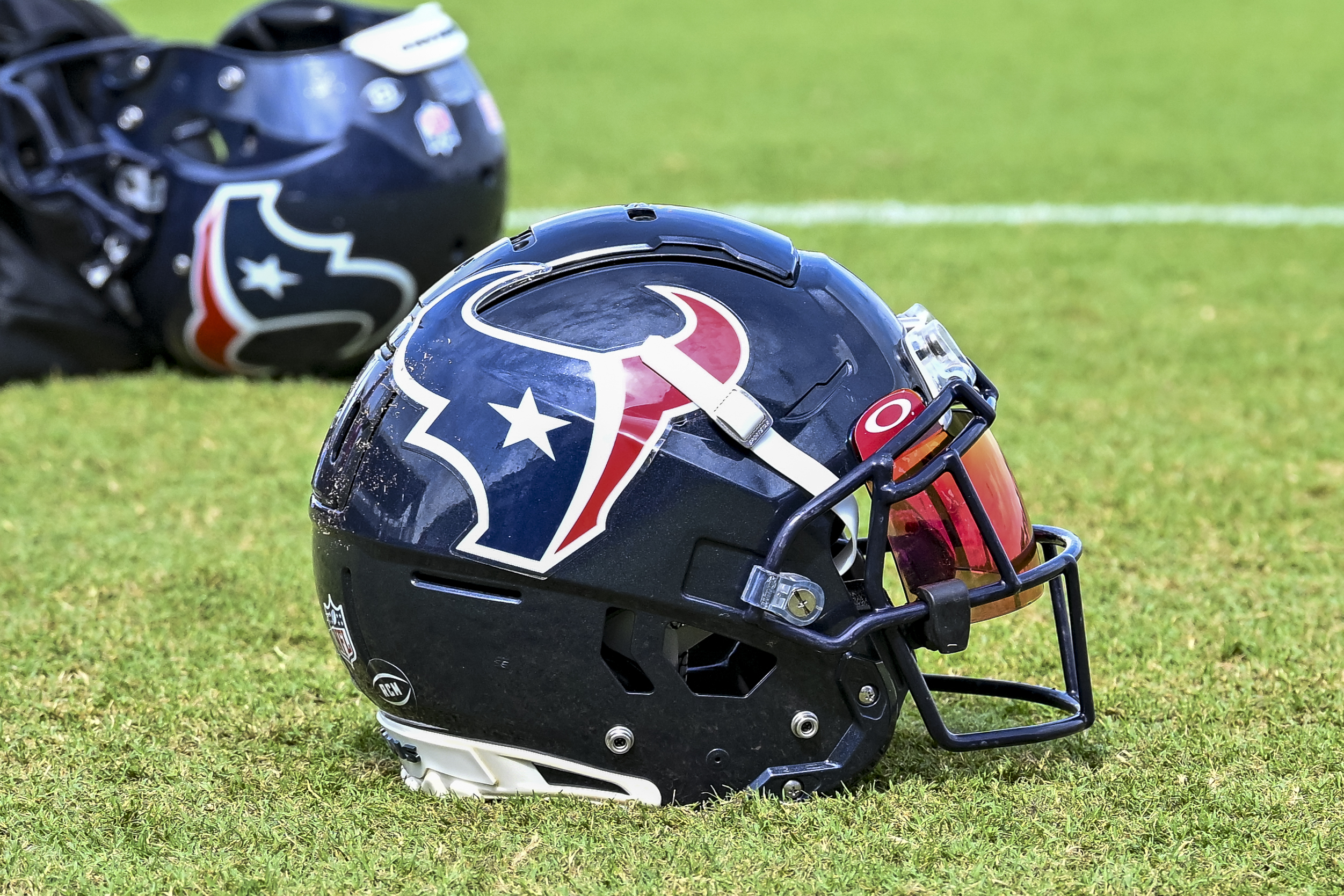The very first AP Top 25 for college football was published 82 years ago on November 15th, 1934. The top five consisted in order of Minnesota, Stanford, Alabama, Pittsburgh, and Princeton.
Two years ago, the AP Top 25 became a little less relevant with the beginning of the College Football Playoff era. When the 2016 CFP rankings start on Nov. 1, the AP Top 25 will take a backseat.
So if the AP rankings will eventually take a backseat, why do people care about them so much right now?
How is OU still a Top 25 team? AP/experts hate to admit they were dead wrong.
— pierce (@SdotFLOSS) September 19, 2016
Think about it: The AP Top 25 doesn’t decide who makes the playoffs and in 2014, they would’ve picked an entirely different inaugural playoff bracket.
In 2014, the College Football playoff saw No. 1 Alabama face No. 4 Ohio State and No. 2 Oregon play No. 3 Florida State. If the AP decided who made it, No. 1 Alabama would’ve played No. 4 Baylor and No. 2 Florida State would’ve faced No. 3 Oregon. Of course, the Buckeyes ended up winning it all.
Now that brings us to the latest edition of the 2016 AP Top 25. Specifically, go towards the way bottom of the Top 25.
#23 Ole Miss (1-2)
#25 Oklahoma (1-2)
Those teams have two losses already, but are still ranked in the Top 25. Why?
https://twitter.com/__Trav_/status/777686548737236992
Ole Miss has blown two big leads — granted, they were against Florida State and Alabama — but still, they blew two big leads. Meanwhile, Oklahoma lost by 21 to Ohio State at home. Yes, Ohio State is No. 2, but losing by 21 at home shouldn’t get you in the Top 25.
Here are some of the teams that missed the cut who have a better record than Ole Miss and Oklahoma.
TCU (2-1), UCLA (2-1), North Dakota State (3-0), Boise St. (2-0), Iowa (2-1), Cal (2-1), Oklahoma State (2-1), and Oregon (2-1).
Granted, those eight schools haven’t played nearly as hard of a schedule as Ole Miss and Oklahoma, but the point remains the same: The AP Top 25 is confusing, odd, and pointless. And to say that not one, but two teams with losing records deserve to be ranked among the top 25 teams in the country — no matter who they lost to — is a tough selling point in a sport where every game is supposed to matter, and each win and loss throughout the season carries huge significance.
if you lost your first game, you shouldn't be in the top 25 teams in NCAA football. #LSU doesn't belong out of 132 teams. AP ranking garbage
— Moe Jontana (@nickinahammock) September 9, 2016
Here’s another odd thing about the AP Top 25: If there are two teams with identical strength of schedules and both went 12-1, when that team loses makes a huge impact on where they stand in the final rankings.
If Team A loses to the No. 10 team in the country on the road in week one of the season and Team B loses to the No. 10 team in the country on the road in week two of the season, Team A will probably end the season higher up in the Top 25.
That’s assuming a lot of things happen which directly impact both teams in the rankings, but it’s a case we’ve seen before and will continue to see as long as the AP Top 25 is around.
Is this advocating for the banishing of the AP Top 25? Not at all. But it’s interesting to think about why people care so much about the AP Top 25 when it doesn’t decide who makes the Playoff, and more often than not has caused controversy. Especially at this point in the season, the polls are completely irrelevant.
Who do I talk to, to get NDSU ranked in the top 25??
— Marcus (@TheRealMarcWill) September 17, 2016
Here’s another example from this year’s rankings without using the names of the schools. What looks more impressive on paper?
Team A:
Week 1: 70-14 home win vs. unranked team
Week 2: 62-28 road win vs. unranked conference team
Week 3: 63-20 home win vs. at the time No. 2 team in the country (who is also in their conference)
Team B:
Week 1: 77-10 home win vs. unranked team
Week 2: 48-3 home win vs. unranked team
Week 3: 45-24 road win vs. then-No. 14 team in the country
This is all subjective, but Team A looks a lot better. Both teams have an average margin of victory of 44.3, oddly enough, but it’s that week 3 win that really sets the two apart. The 43-point win over the No. 2 team in the country speaks a lot louder than a 21-point win over the No. 14 team.
So why on Earth is Louisville (Team A) ranked No. 3 while Ohio State (Team B) is ranked No. 2? On top of that, why is Ohio State above Louisville when the Cardinals received more first-place votes (six) than the Buckeyes (four)? Well, there are many factors that go into it. But once again, this system seems flawed.
Since I'm seeing this in a lot of tweets, there is nothing that says the AP poll is an "FBS" poll. FCS fully eligible. NDSU deserving.
— Stewart Mandel (@slmandel) September 19, 2016
Yes, this last portion is mostly opinion-based, but when looking at the basic facts, the AP Top 25 comes across as misleading and maybe outdated. It also has an incredible bias towards teams that were arbitrarily ranked before the season in spite of real evidence during the season to the contrary.
The fact of the matter is the AP Top 25 doesn’t factor into who plays in the College Football Playoff. So why do people continue to care so much about it?






